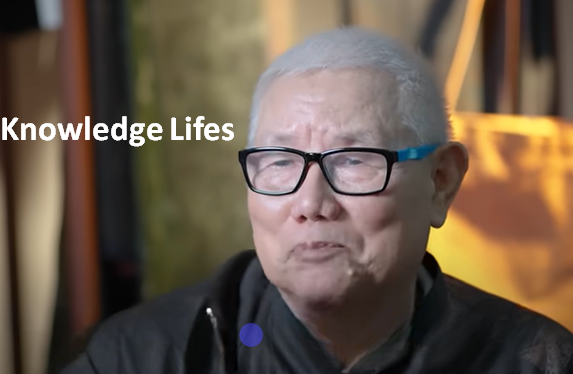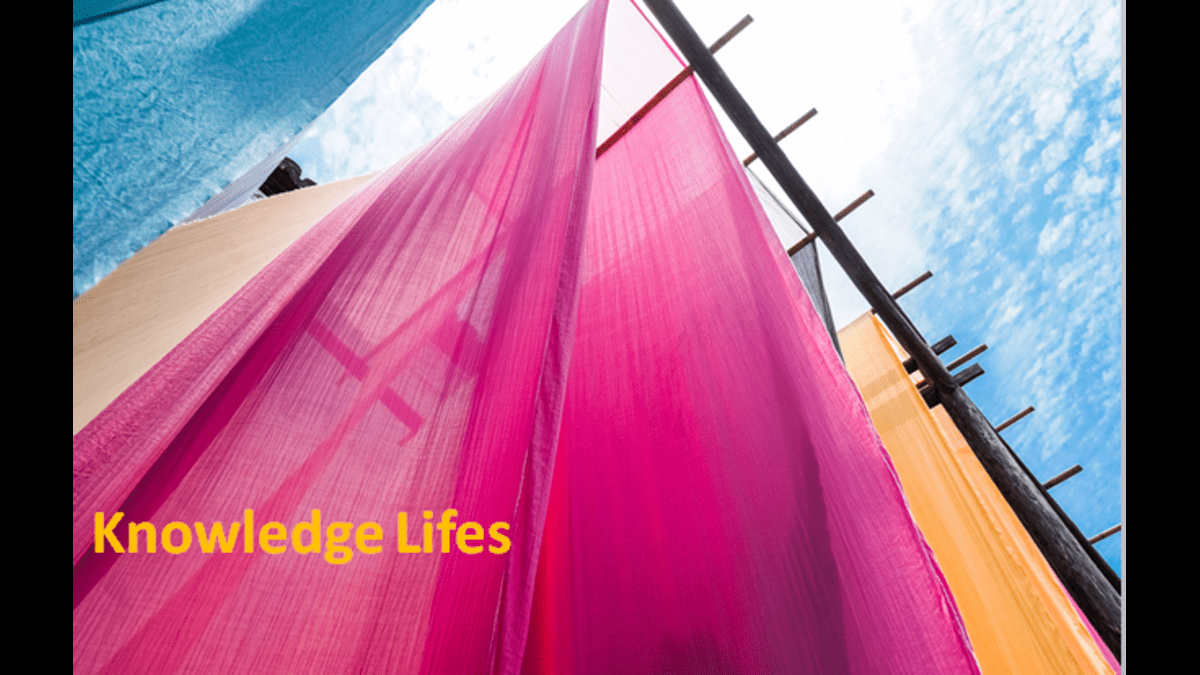Who would have guessed that mud and yams are responsible for one of China’s most cherished and sought after fabrics? Its many centuries old and as the saying goes, if it ain’t broke, don’t fix it. These ancient techniques for making this fabric have been passed down through artisans over many generations.

This complex process begins by grinding and simmering a locally grown yam named Shuliang, known both for its high tannin content and antibacterial properties.The fabric is added to the mixture where it absorbs the liquid and gains its signature copper shade. After the yams have soaked through the fabric and it is baked in the sun, mud is swept over the silk, giving it a smooth, shiny finish.
It is then taken to the Pearl River and coated in more mud. Rinsed in the same river, it is then left to dry and cure. This brings out the plant dye color and allows the fibers to age and mellow. This organic process changes the nature of the silk, resulting in subtle and unique color variations. The Guangdong region is the perfect spot for this process, largely due to the Pearl River, which is rich in minerals.
Wearing Xiangyunsha has been described as cool and pleasant, light and soft, repels insects and is even antibacterial and antiviral, thanks to the tannin of the yam. It naturally has futuristic qualities that outshine modern clothing. It’s environmentally friendly, and the material finish increases in quality as the fabric ages.
In 2008, Xiangyunsha was included on China’s National Intangible Cultural Heritage list and recognized by the public as a traditional culture and fashion product. Whilst the origin of this dyeing technique is lost to history, let’s hope that it continues to be made for centuries to come.
